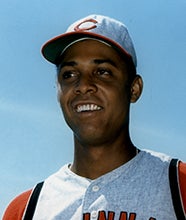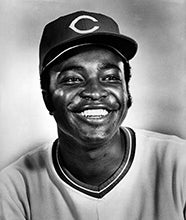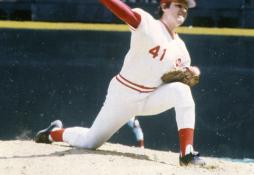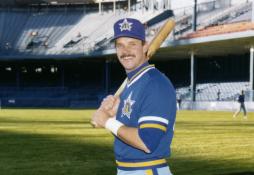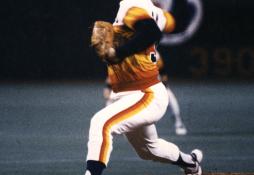- Home
- Our Stories
- Pérez signing sets foundation for Big Red Machine
Pérez signing sets foundation for Big Red Machine
Before becoming an integral part of the Big Red Machine in the 1970s, Tony Pérez was just a kid working at a sugar cane factory with one goal in mind: Playing baseball.
Born in Cuba, Pérez’s aspirations of playing professionally were met with criticism from his family members as opportunities were far and few between. Despite this, Pérez pushed forward and eventually agreed to play for the Havana Sugar Kings of the International League.
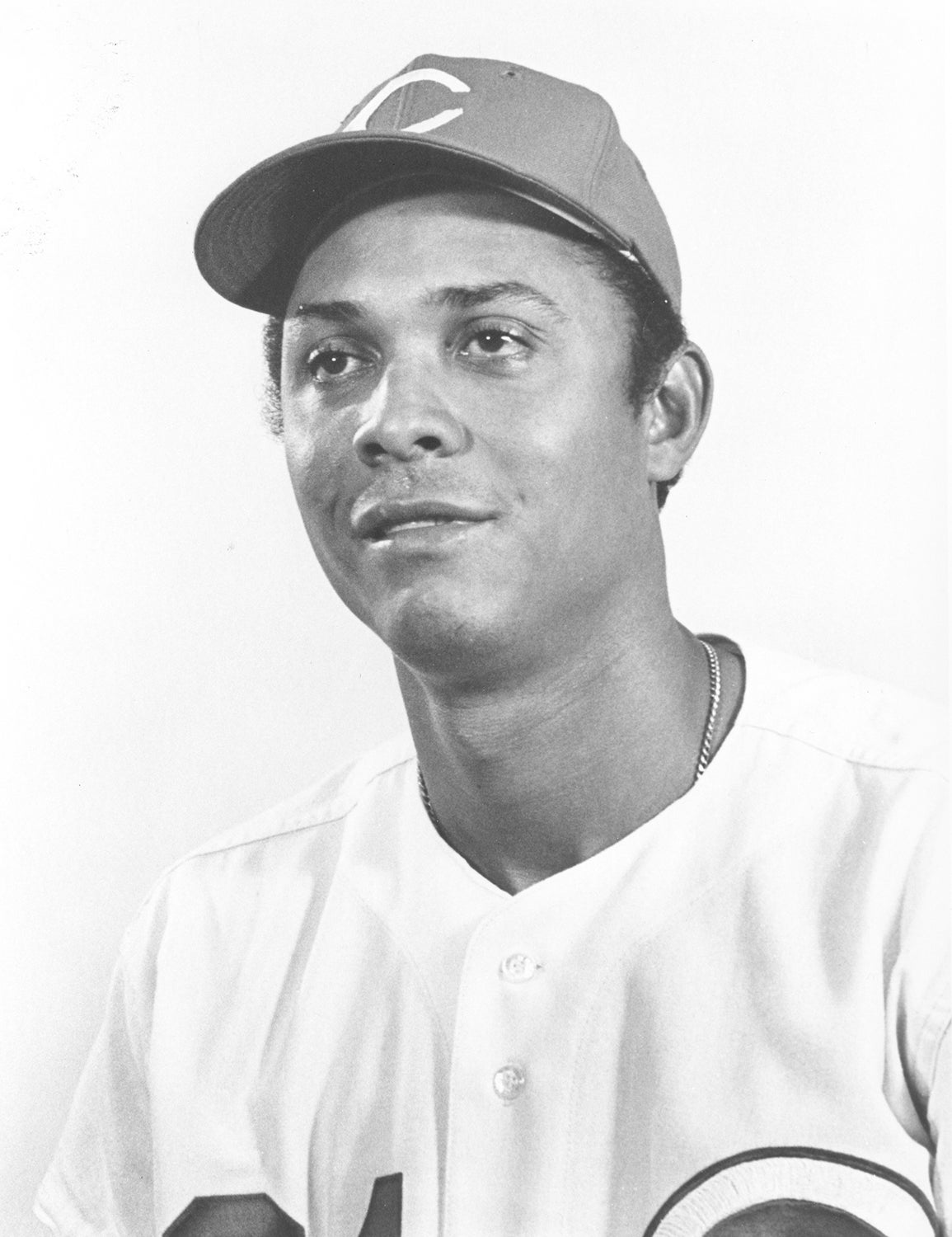
On March 12, 1960, the Cincinnati Reds, who had ties with the owner of the Sugar Kings, signed Pérez to a pro contract. Notably, this contract came with no signing bonus and only included a flight to the United States along with a travel visa.
Pérez would debut for the Reds in 1964, taking on the role as their first baseman. Almost immediately, teams took notice of his offensive abilities and potential for greatness in the league.
“I’d say that fellow lived up to his advance billing mighty well,” said then-Milwaukee Braves manager Bobby Bragan to Dayton Daily News following a two-hit performance from Pérez. “He looks like a confident young man with that bat.”
Pérez move around the infield for his first few seasons, including stints at third base, but eventually would return to first as it was his strongest position defensively.
Starting in 1967, Pérez would find his stride, being named an All-Star for four straight seasons while also finishing top-10 in the MVP voting for three of those seasons. During this time, the Reds would also be setting the foundation for their future dynasty: The Big Red Machine.
Pérez would be joined by fellow Hall of Famers Joe Morgan and Johnny Bench, along with other notable players such as Pete Rose, Ken Griffey and Dave Concepción. Finishing with a team record of 108-54, the 1975 Reds would go on to win their third World Series in franchise history after defeating the Boston Red Sox in seven games. Cincinnati would repeat their success the following year, winning the 1976 World Series, officially sealing their title as a dynasty.
Pérez played a huge part in both titles, including a two-run home run in the sixth inning of Game 7 in 1975 that cut Boston’s lead to 3-2 and set the stage for Cincinnati’s 4-3 victory.

Following the 1976 season, the Reds would part ways with Pérez, trading him to the Montreal Expos in exchange for pitchers Woodie Fryman and Dale Murray.
After seven seasons in which he would play for Montreal, Boston and Philadelphia, Pérez would eventually return to the Reds for three seasons from 1984-1986. Following the conclusion of the 1986 regular season, Pérez would retire from baseball, returning to serve as the manager for the Reds in 1993 and the Marlins in 2001.
Pérez would finish his career with 379 home runs and 2732 hits, paired along with seven All-Star selections and two World Series championships.
Pérez would be elected into the Baseball Hall of Fame in 2000 after receiving 77.2 percent of votes, becoming the first Cuban player to be elected by the Baseball Writers’ Association of America.
“You cannot make your destiny,” Pérez told Florida Today when discussing his journey to Cooperstown. “But I’m really happy everything happened this way.”
Aidan Shephard was an intern in the Jim Murray Sports Communications Scholars Program at the National Baseball Hall of Fame and Museum
Mentioned Hall of Famers
Related Stories
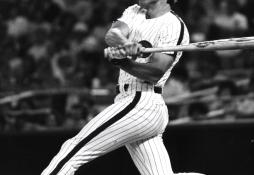
Phillies’ Mike Schmidt wins first MVP award

#CardCorner: 1991 Topps Mariano Duncan
Pérez signing sets foundation for Big Red Machine

#CardCorner: 1973 Topps Jim Hickman

#CardCorner: 1971 Topps Richie Scheinblum
Pérez signing sets foundation for Big Red Machine
Pérez signing sets foundation for Big Red Machine
01.01.2023

